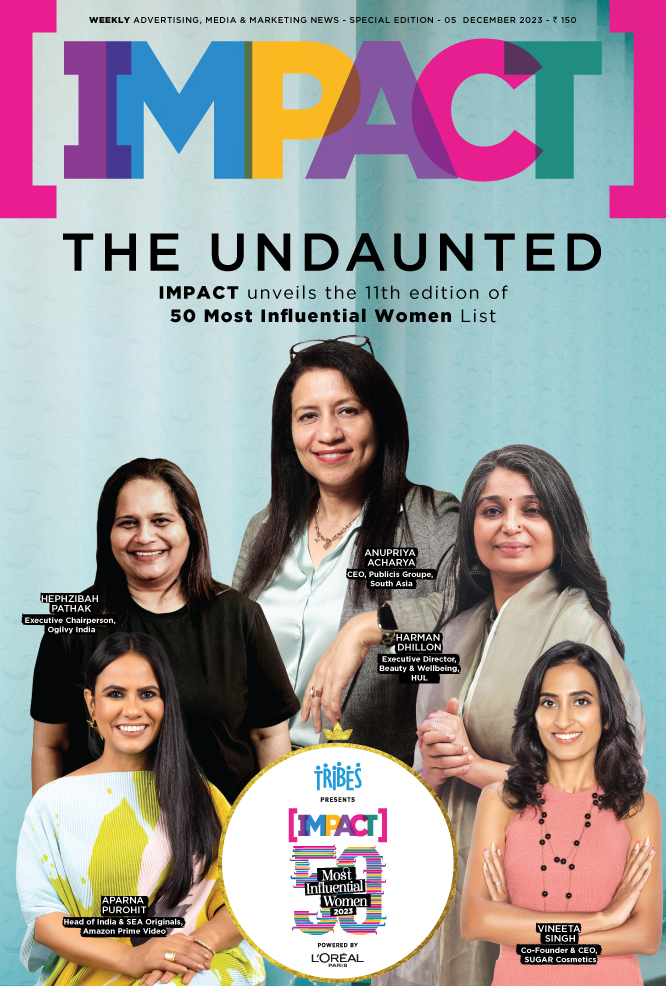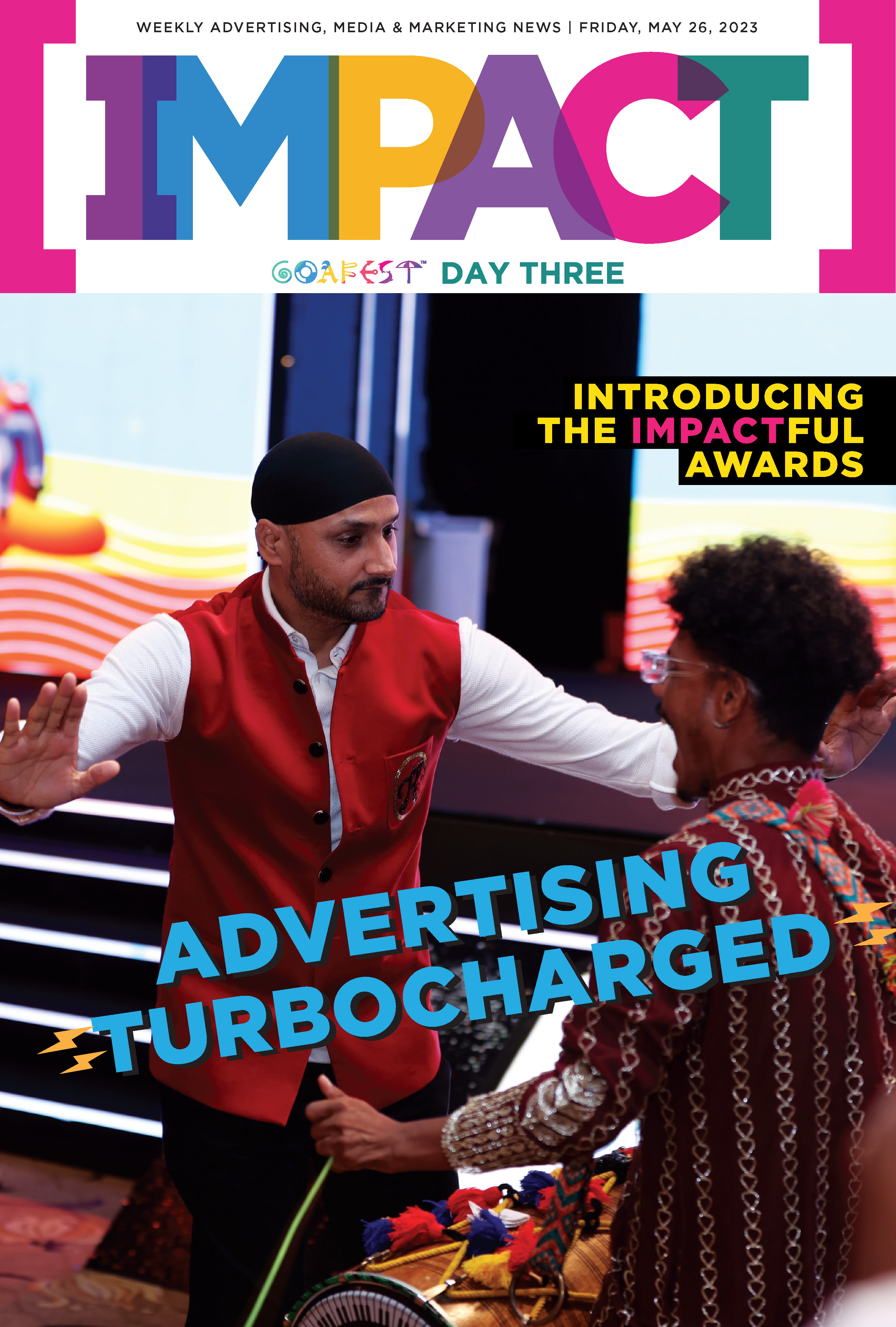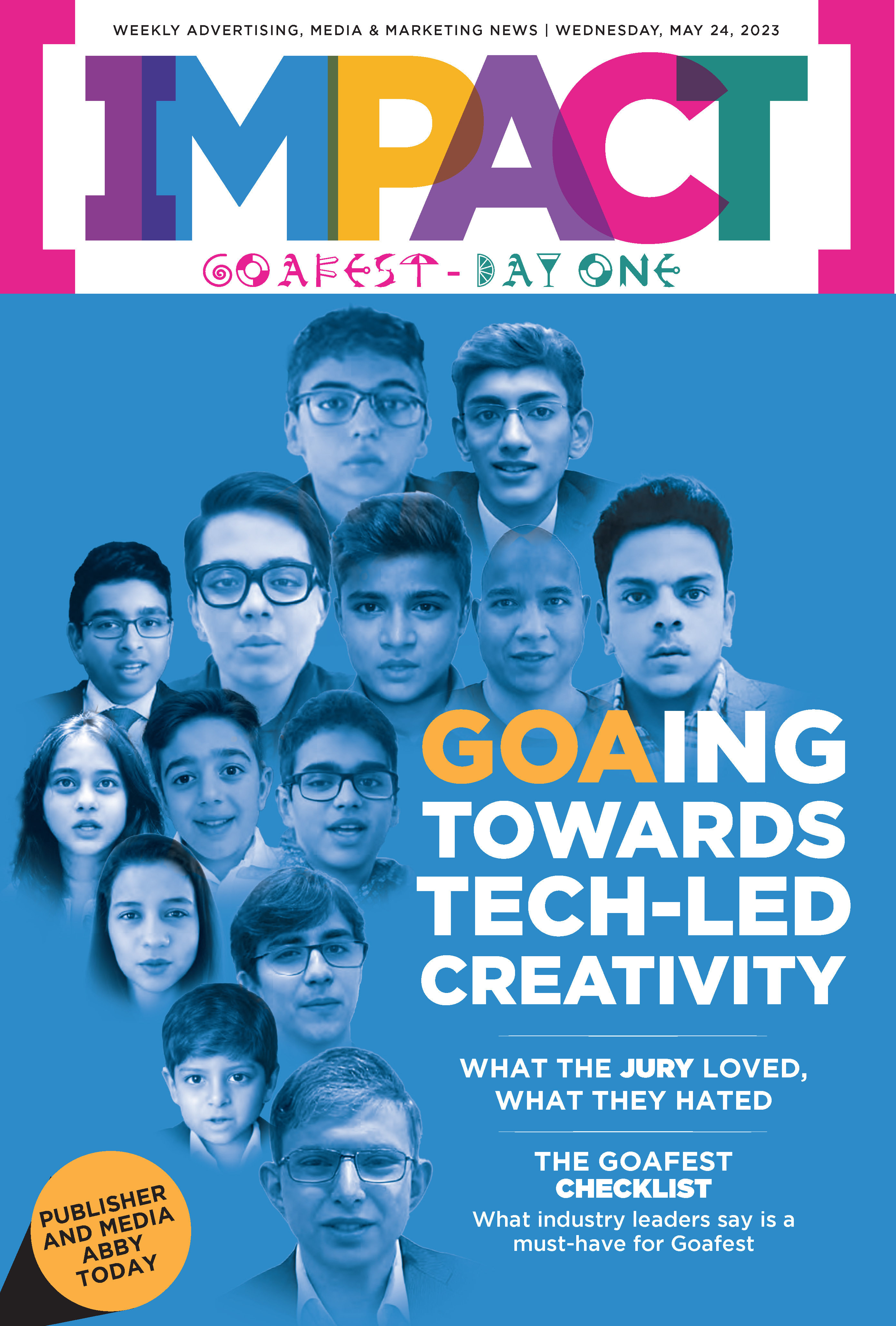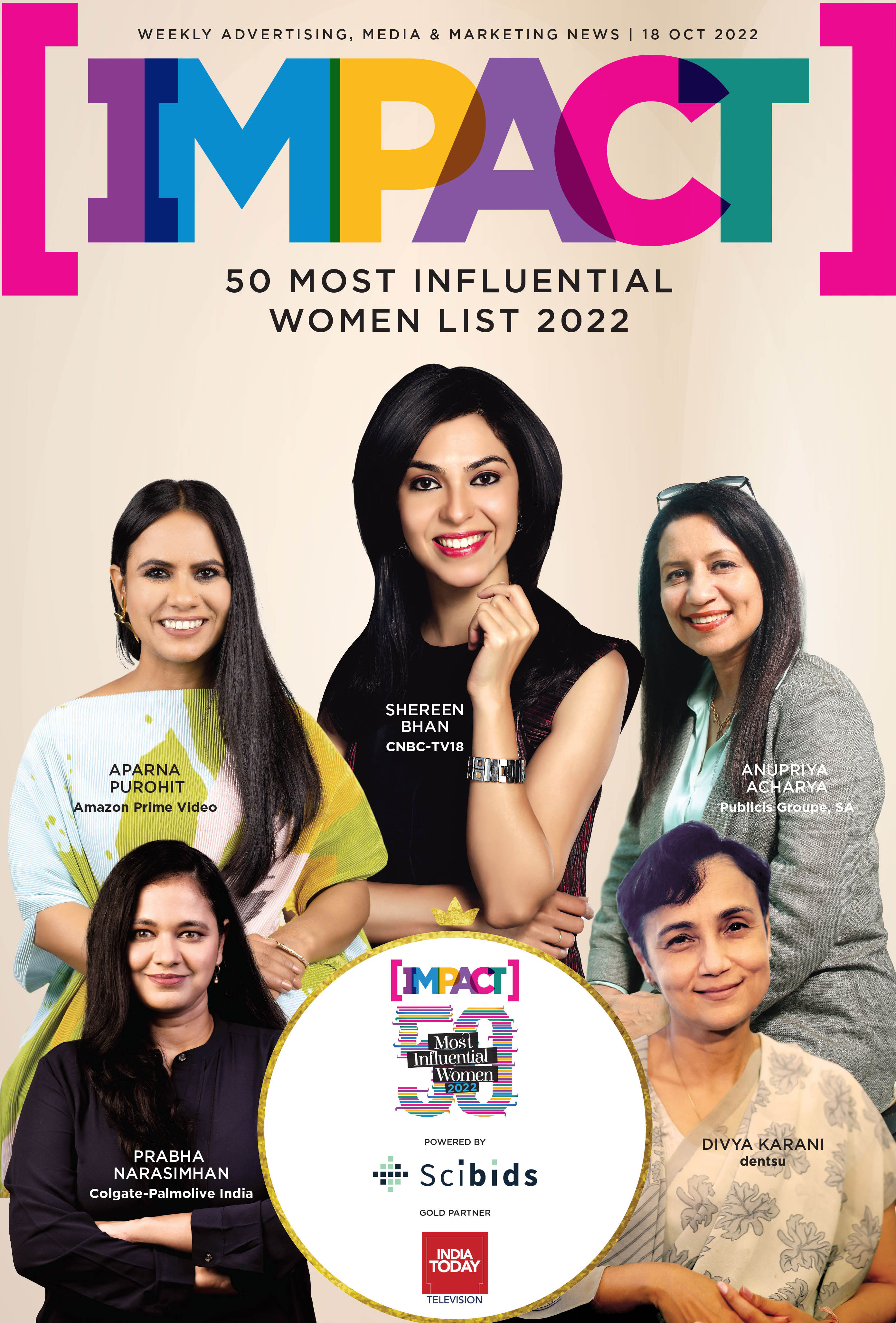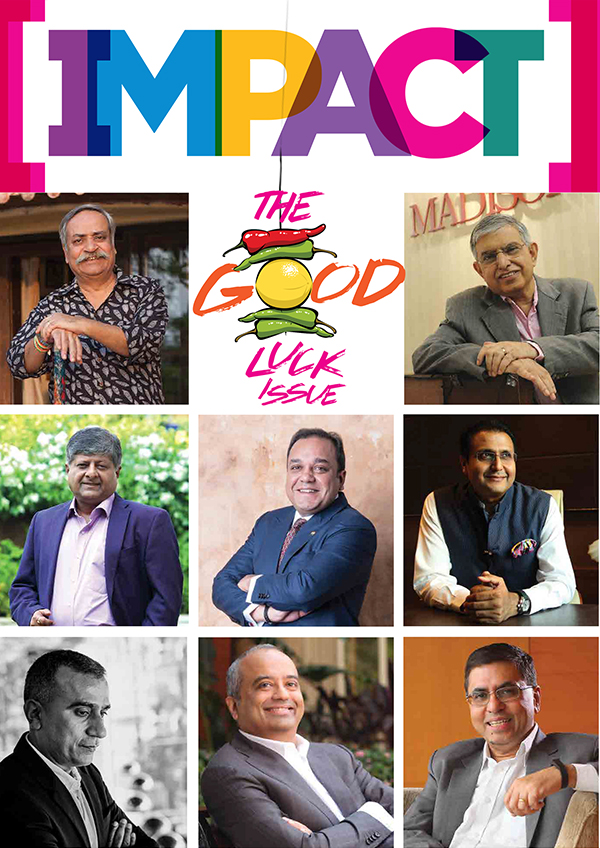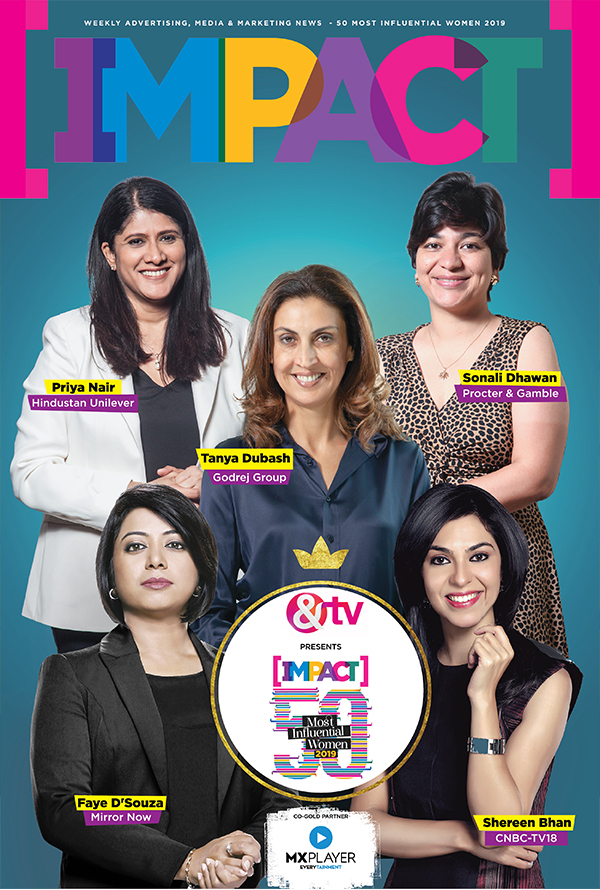India’s Women’s World Cup victory on Sunday wasn’t just a sporting achievement; it was the culmination of a decades-long fight for recognition and respect.
The win has reignited discussions across marketing boardrooms about visibility, value, and brand love, as India’s women cricketers step into the spotlight not only as athletes but as cultural icons, symbols of aspiration, equality, and national pride.
According to industry estimates, the endorsement fees of women cricketers are currently around one-fifth of what top male players command. For lesser-known names, the gap widens further, sometimes as much as one-tenth.
Vinit Karnik, Managing Director, Content, Entertainment and Sports, WPP Media South Asia, described the 2025 Women’s World Cup as a watershed moment for the sport. The first 13 matches alone drew over 60 million viewers, a five-fold surge compared to the 2022 edition. “This isn’t just incremental growth; it’s a paradigm shift,” he said.
He points out that the surge was visible beyond screens, too. Stadium attendance shattered records early in the tournament, with 22,843 fans turning up for the India vs Sri Lanka match, the highest-ever crowd for a group-stage game at any ICC Women’s event. For comparison, the previous record was 15,935 spectators at the India vs Pakistan clash during the 2024 ICC Women’s T20 World Cup in Dubai. The crescendo came in the final, where nearly 35,000 fans packed the stands, transforming the venue into a sea of blue.
Bhairav Shanth, Co-Founder, ITW Universe, noted that post the World Cup victory, endorsement values are set to rise, though the extent will vary based on each player’s profile. “For established names like Harmanpreet Kaur or Smriti Mandhana, we could see a 50–60% increase in brand endorsement value,” he said.
Ramakrishnan R, cofounder and director at Baseline Ventures, the sports marketing agency that manages Smriti Mandhana, said the World Cup win will be a major boost for women’s cricket, primarily by driving visibility.
“This victory will definitely lead to greater visibility, and that’s the key. What’s seen is sold,” he said.
“When audiences get to watch more bilateral and league matches beyond the World Cup, it naturally sparks conversations and attracts brand interest,” he mentions.
Dr. Kushal Sanghvi, Director, Komerz, predicts that there will be at least a 25% increase in overall brand spending towards women’s cricketmostly in sponsorships and collaborations. “While the actual deal sizes might take time to rise, the number of opportunities will certainly go up,” he points out.
Harish Bijoor, Founder, Harish Bijoor Consults Inc., pointed out that while India’s 2025 World Cup win has undoubtedly triggered a surge in viewership and enthusiasm for women’s cricket, the real challenge lies in sustaining it. “The question is, will this excitement last? It could end up like the Olympics, where interest peaks during the event but quickly fades afterward. Unfortunately, women’s cricket in India is still often seen as an ‘other sport,’ and this gender divide needs to be bridged,” he said.
The World Cup win has done more than fill stadiums; it has filled the gap between aspiration and opportunity.
For decades, Indian women cricketers played in silence; today, their names are part of living-room conversations and brand decks alike. If brands, broadcasters, and fans can sustain this momentum, women’s cricket won’t just be celebrated once every four years; it’ll be watched, loved, and invested in all year round.


















